Panama, a narrow isthmus connecting North and South America, is a country of rich history, diverse culture, and stunning natural beauty. Renowned for its iconic canal, bustling capital city, and vibrant biodiversity, Panama serves as a bridge between two continents and a meeting point of cultures. In this comprehensive exploration, we’ll delve into the essence of Panama, covering its geography, history, culture, economy, and current affairs.
Geography:
Panama is located in Central America, bordered by Costa Rica to the west and Colombia to the east. The country is bisected by the Panama Canal, a crucial waterway that connects the Atlantic and Pacific Oceans, facilitating international trade and maritime commerce.
The geography of Panama is diverse and varied, featuring rugged mountains, lush rainforests, fertile valleys, and pristine beaches. The country is divided into several geographic regions, including the Central Mountains, the Caribbean Lowlands, the Pacific Lowlands, and the Darién Gap.
The Central Mountains, also known as the Cordillera Central, run from west to east across the country, forming a natural divide between the Atlantic and Pacific watersheds. The highest peak in Panama, Volcán Barú, is located in this mountain range, offering stunning views of both coasts from its summit.
The Caribbean Lowlands are characterized by their humid tropical climate, dense rainforests, and diverse wildlife. National parks such as Darién and Chagres protect vast swaths of pristine wilderness, providing habitats for jaguars, sloths, toucans, and countless other species.
The Pacific Lowlands are home to Panama City and the Panama Canal, as well as fertile plains, mangrove forests, and sandy beaches. The Pearl Islands and Coiba Island National Park are popular destinations for ecotourism and water sports, offering opportunities for snorkeling, diving, and whale watching.
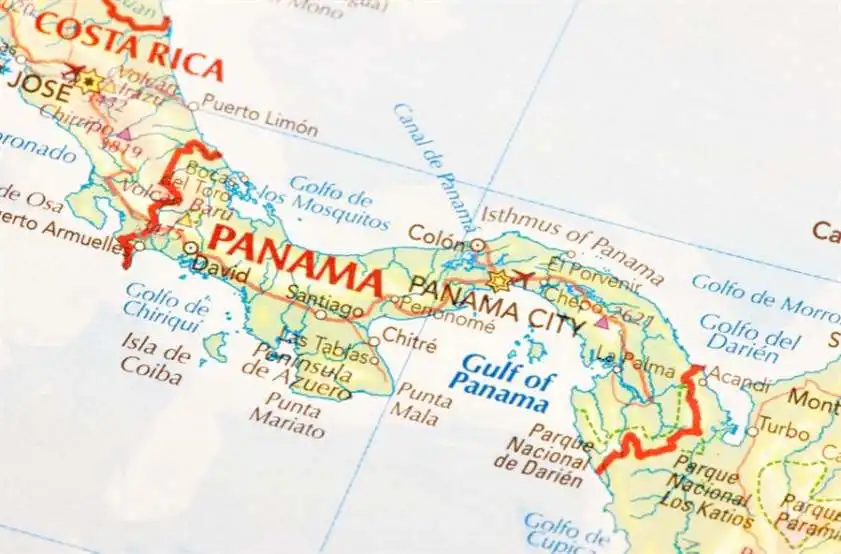
History:
Panama’s history is a fascinating tapestry woven from the threads of indigenous cultures, Spanish colonization, and global trade. Before the arrival of Europeans, the region was inhabited by indigenous peoples such as the Kuna, Emberá, and Ngäbe, who had established thriving societies and cultural traditions.
In 1513, Spanish explorer Vasco Núñez de Balboa became the first European to reach Panama, crossing the isthmus in search of gold and other riches. The Spanish began to colonize the region in the early 16th century, establishing settlements such as Panama City and introducing Christianity, the Spanish language, and European customs and laws.
Panama became part of the Spanish Empire and served as an important hub for trade and commerce between Europe and the Americas. The construction of the Panama Canal in the early 20th century further solidified Panama’s strategic importance, transforming it into a global transportation hub and economic powerhouse.
In 1903, Panama declared its independence from Colombia with the support of the United States, which was seeking to build the canal. The newly independent nation signed the Hay-Bunau-Varilla Treaty with the United States, granting the latter control over the canal zone in exchange for financial compensation and military protection.
The Panama Canal remained under U.S. control until 1999, when it was transferred to Panamanian ownership as part of the Torrijos-Carter Treaties. Since then, Panama has managed the canal and its associated infrastructure, playing a key role in global trade and maritime logistics.
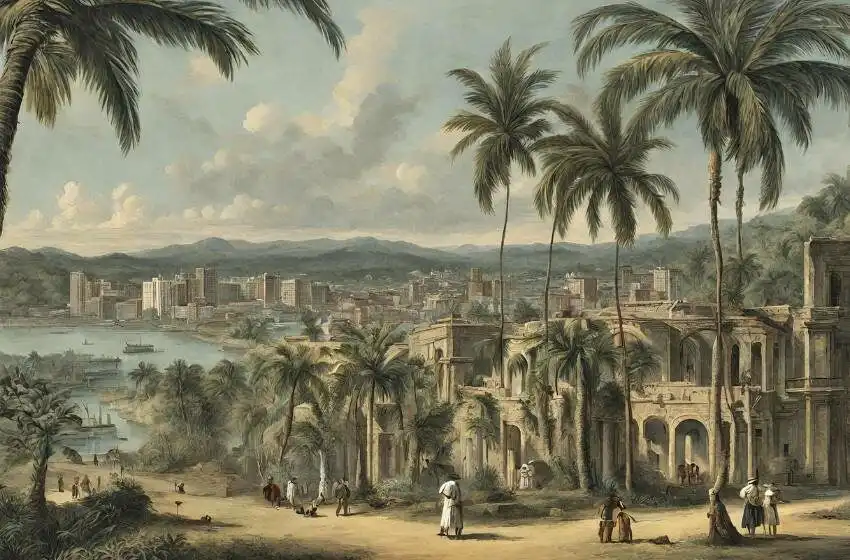
Culture:
Panamanian culture is a vibrant blend of indigenous, African, European, and American influences, reflected in its music, dance, art, literature, and cuisine. The country’s diverse cultural heritage is celebrated through colorful festivals, traditional rituals, and a strong sense of national identity.
Music is an integral part of Panamanian culture, with genres such as salsa, reggaeton, and calypso enjoying widespread popularity. Traditional instruments such as the conga drum, accordion, and maracas are commonly used in folk music, while modern styles such as hip-hop and electronic dance music are also popular.
Dance is also a cherished tradition in Panama, with styles such as salsa, merengue, and cumbia being performed at festivals, celebrations, and social gatherings throughout the country. Traditional dances often incorporate elements of African, Spanish, and indigenous culture, reflecting Panama’s multicultural heritage.
Panamanian cuisine is diverse and flavorful, with dishes such as sancocho, ceviche, and arroz con pollo showcasing the country’s culinary traditions. Staples such as rice, beans, plantains, and seafood are commonly used in Panamanian cooking, while spices, herbs, and tropical fruits add depth and complexity to the cuisine.

Economy:
Panama has a mixed economy with a diverse range of industries, including shipping, finance, tourism, and agriculture. The country’s strategic location, favorable tax policies, and modern infrastructure have made it a global leader in international trade and commerce.
The Panama Canal is the centerpiece of Panama’s economy, generating billions of dollars in revenue each year from tolls, transit fees, and related services. The canal is one of the world’s busiest waterways, facilitating the passage of ships and cargo between the Atlantic and Pacific Oceans.
Shipping and logistics are also major contributors to Panama’s economy, with the country’s ports and free trade zones serving as key hubs for global trade and transportation. The Colon Free Trade Zone, located near the Atlantic entrance to the canal, is the largest free trade zone in the Western Hemisphere, attracting thousands of businesses and millions of dollars in investment.
Finance is another important sector of Panama’s economy, with the country serving as a major offshore banking and financial services center. The Panama Papers scandal in 2016 shed light on the country’s secretive financial practices, leading to calls for greater transparency and regulatory reform.
Tourism is also an important source of revenue for Panama, with the country’s natural beauty, cultural heritage, and historical attractions attracting millions of visitors each year. Popular destinations include Panama City, the Panama Canal, and the San Blas Islands, which offer a wide range of outdoor activities, cultural experiences, and luxury resorts.
UNESCO World Heritage Sites

The most striking curiosities that make unique:
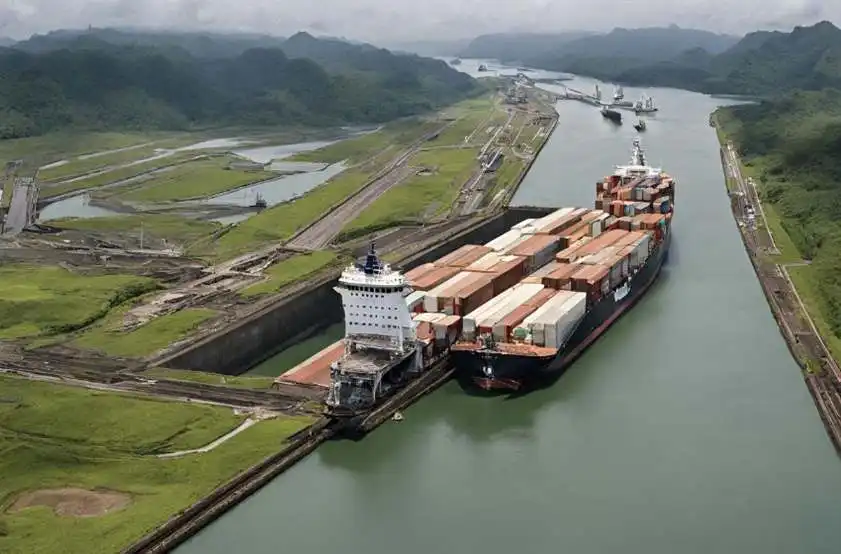
The most touristically renowned places:
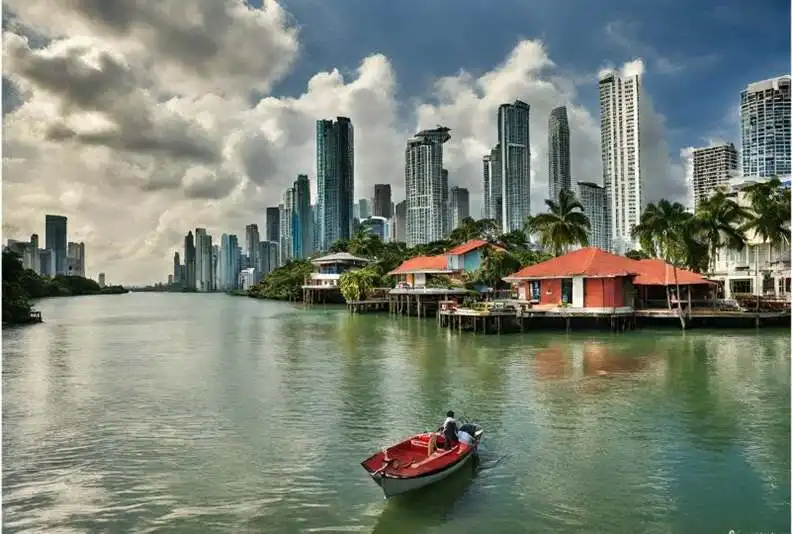
Conclusion:
Panama’s story is one of resilience, diversity, and innovation, as the country navigates the challenges and opportunities of the 21st century. Its rich cultural heritage, strategic location, and dynamic economy make it a key player in global trade and commerce. As Panama continues on its journey of growth and development, it faces numerous challenges and uncertainties, from addressing political corruption and social inequality to promoting environmental sustainability and economic prosperity. Despite the complexities and hardships, Panama’s spirit of resilience, creativity, and optimism shines brightly, inspiring both its citizens and the world at large.


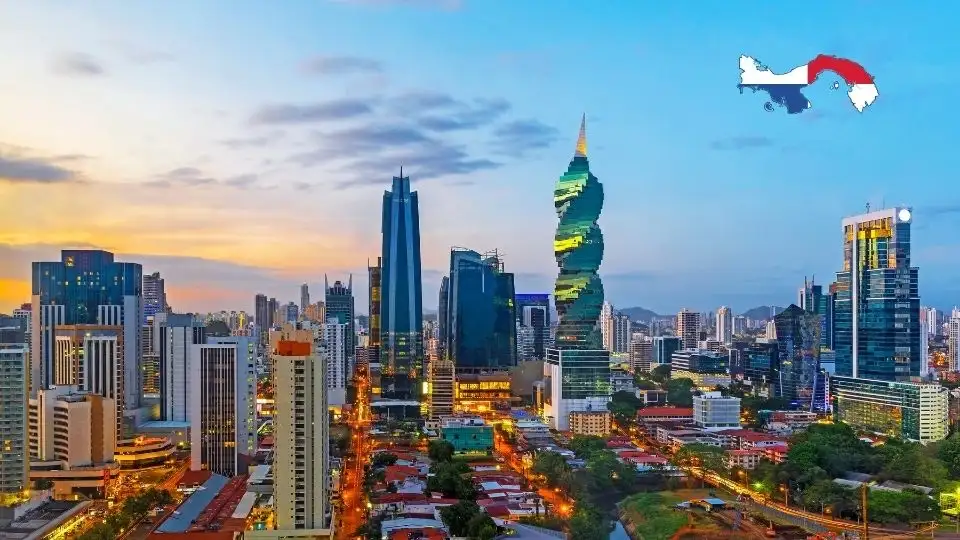
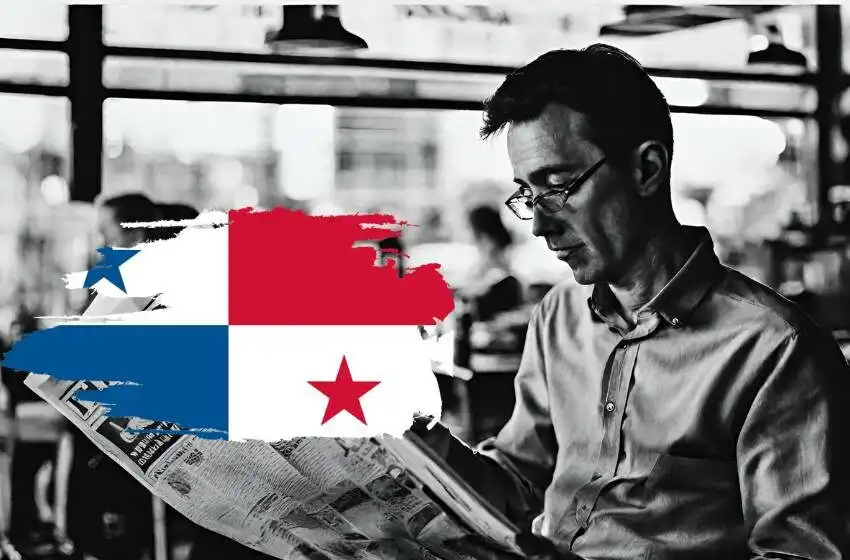
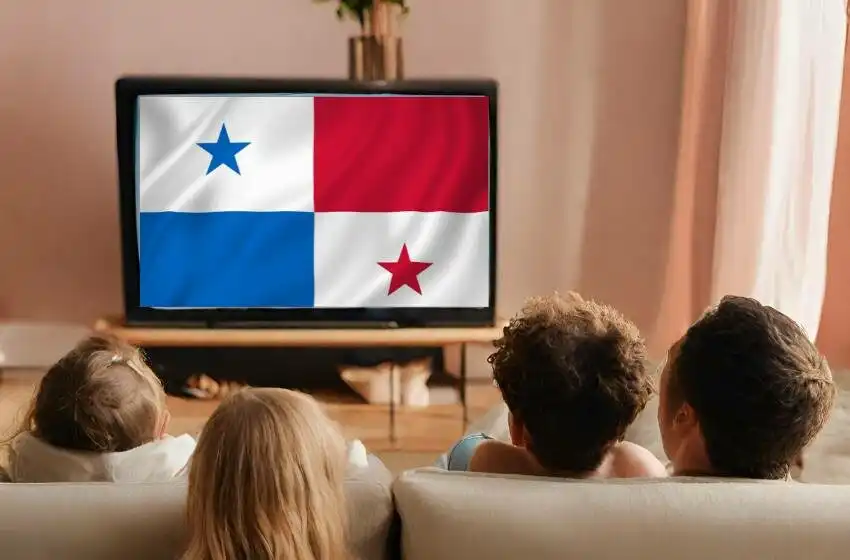

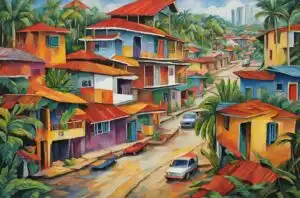
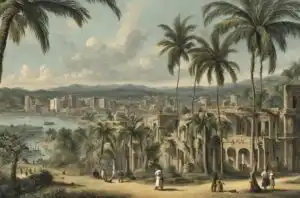
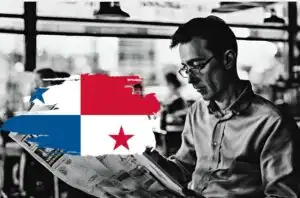

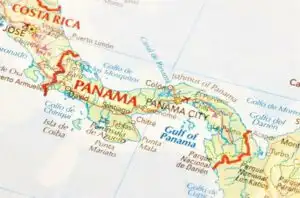

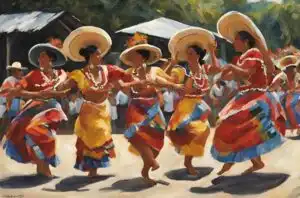
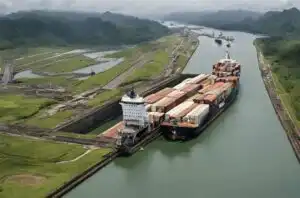
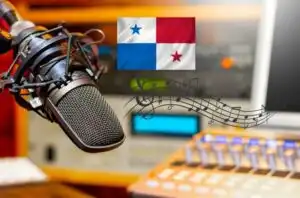
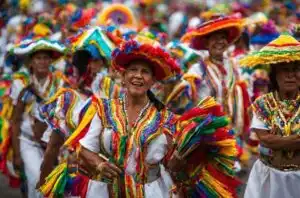


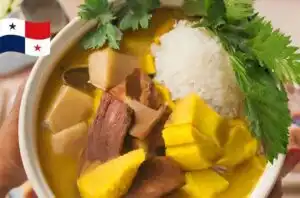
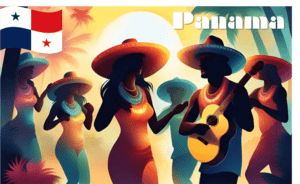

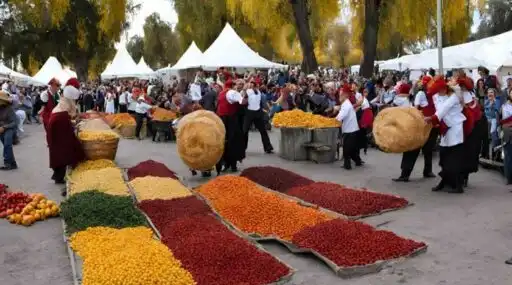
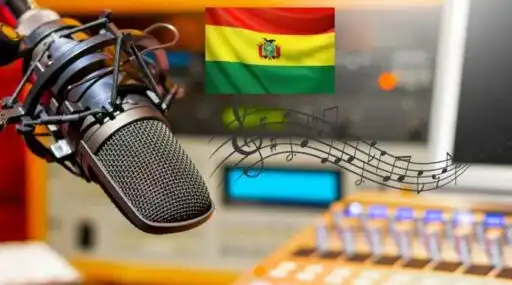

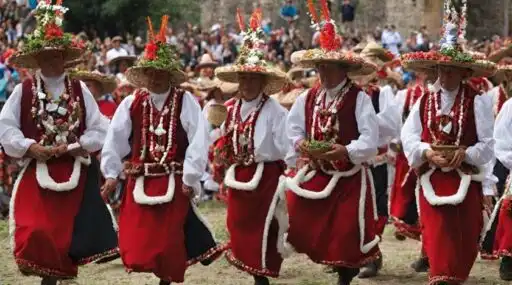

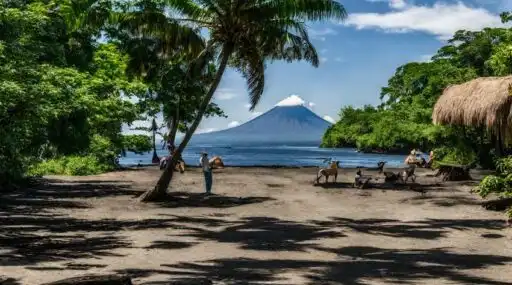
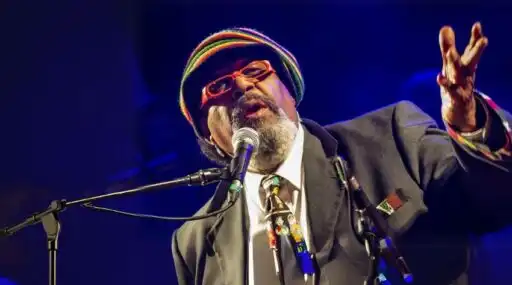




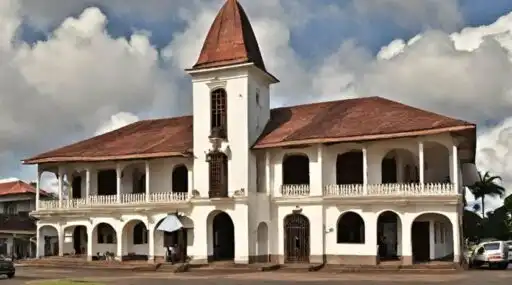
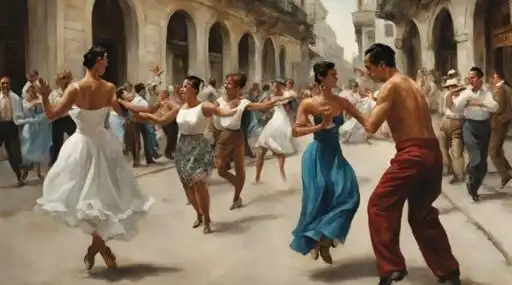

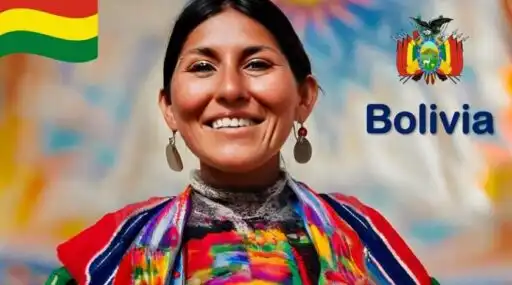

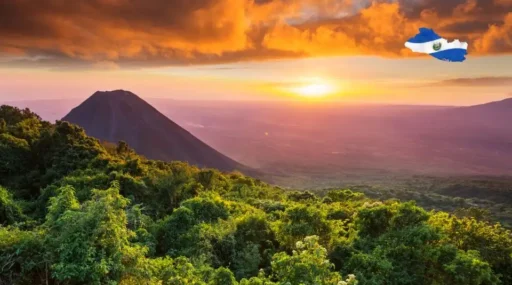


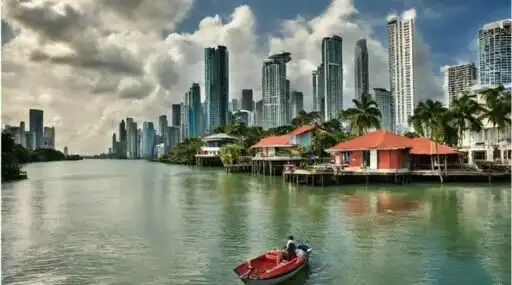
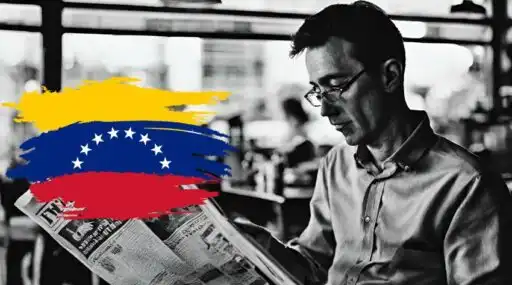
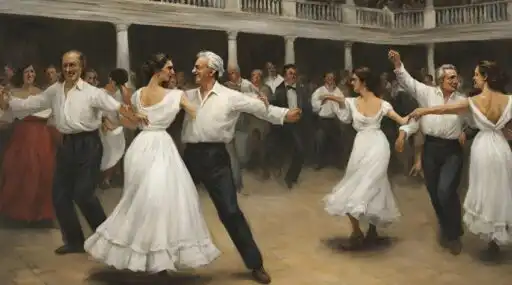




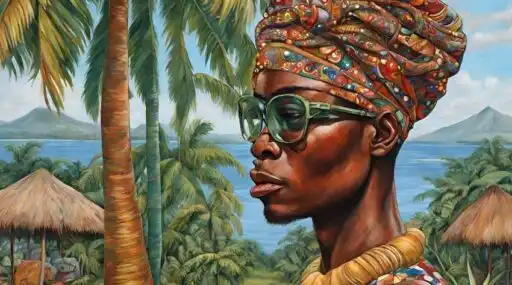


Leave a Reply